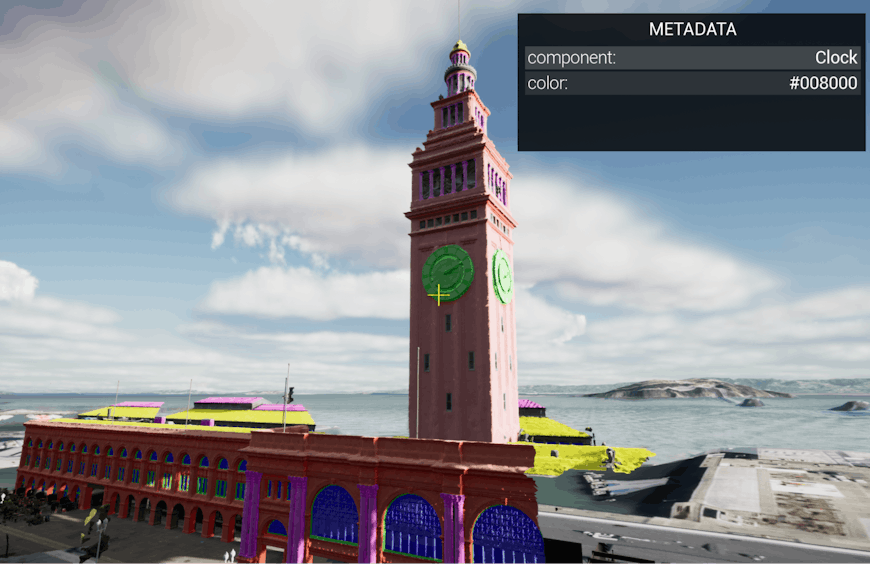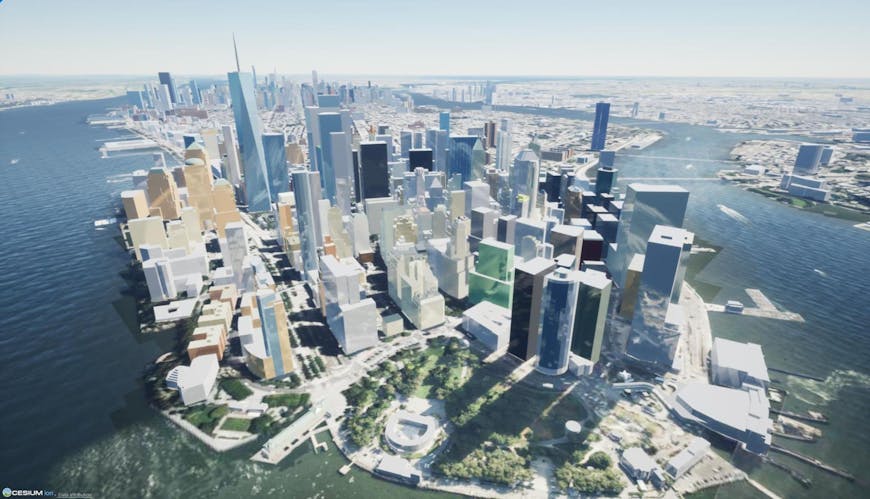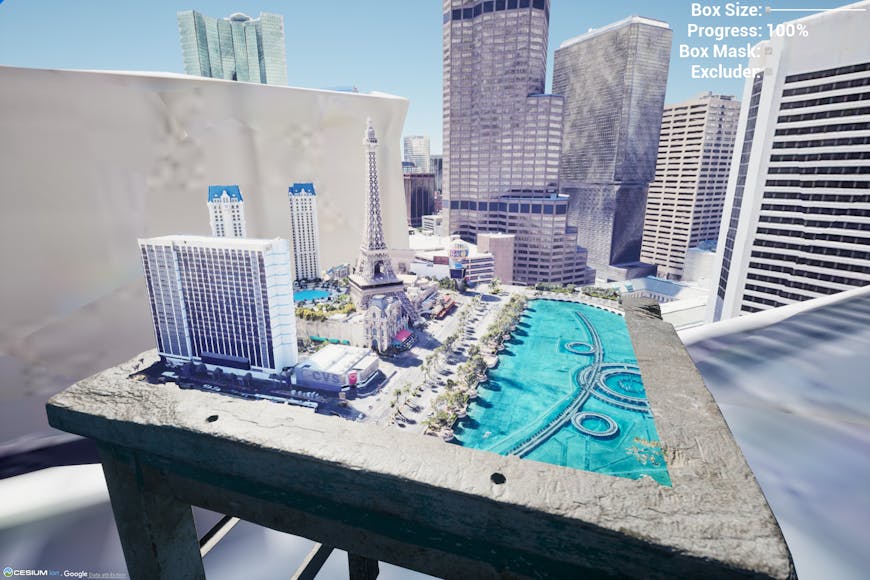Now Available: Cesium for Unreal 2.0
Today we are proud to release Cesium for Unreal 2.0, the newest version of our free, open source 3D geospatial plugin for Unreal Engine.
Built to enable developers to create rich real-world digital twins and applications using Unreal Engine, Cesium for Unreal was released in 2021 as the first WGS84 globe in a game engine.
Since then, the powerful combination of 3D geospatial and Unreal Engine’s creation tools has inspired innovation across industries like Modeling, Simulation and Training, Real Estate, Energy, and Aerospace. See recent User Stories to see how developers are using Cesium for Unreal.
Cesium and Epic Games demo of real-time visualization and simulation with Unreal Engine, Cesium, and Google’s Photorealistic 3D Tiles. Images of Project Hillside and Habitat 67 courtesy of Safdie Architects.
Cesium for Unreal 2.0 is a significant leap in the plugin’s integration with Unreal Engine 5, including 3D Tiles 1.1 metadata support, improved workflows, georeferencing, sublevel systems, and more. This is driven from the massive positive feedback and requests we receive from the Cesium Community Forum.
Features include:
- 3D Tiles 1.1 metadata support including
EXT_mesh_featuresandEXT_structural_metadataextensions with support for picking and styling.

San Francisco Ferry Building visualized with metadata styling in Cesium for Unreal v2.0. Data provided by Aerometrex.

Cesium OSM Buildings with colors applied via metadata styling in Cesium for Unreal v2.0.
- An improved sub-level system, leveraging Unreal Engine 5’s streaming level instances, that allows users to create sophisticated experiences at multiple locations on the globe.
- A more componentized and flexible design. This includes
CesiumOriginShiftComponent, which allows the georeference origin to move with an Actor or Pawn as it travels, andCesiumFlyToComponent, which enables smooth flights between places on the globe. - Improvements to
CesiumGeoreferenceand globe transformations, allowing precise positioning of globes within Unreal worlds.

Photorealistic 3D Tiles from Google Maps Platform of the city of Las Vegas, scaled to fit on a table on a rooftop in Denver.
- A new class,
CesiumTileExcluder, that allows parts of the globe to be excluded from selection, loading, and rendering using custom logic implemented in either Blueprints or C++. - A more consistent, easier-to-use Blueprint and C++ API.
The full changelog can be found on Github. Read the upgrade guide and our updated tutorials to understand the new API and learn how to upgrade your projects.
We’re happy to empower developers to bring the real world to their Unreal Engine apps and experiences.